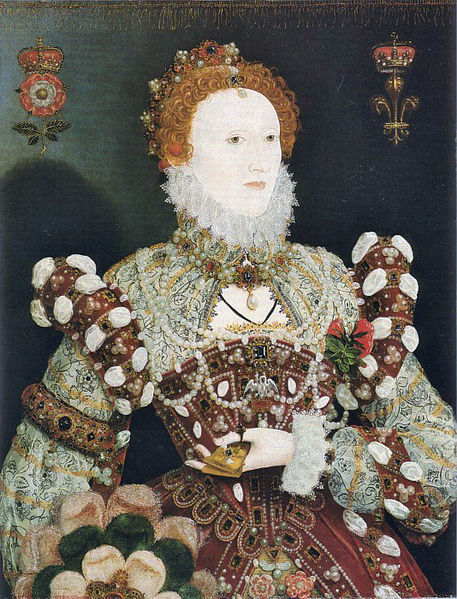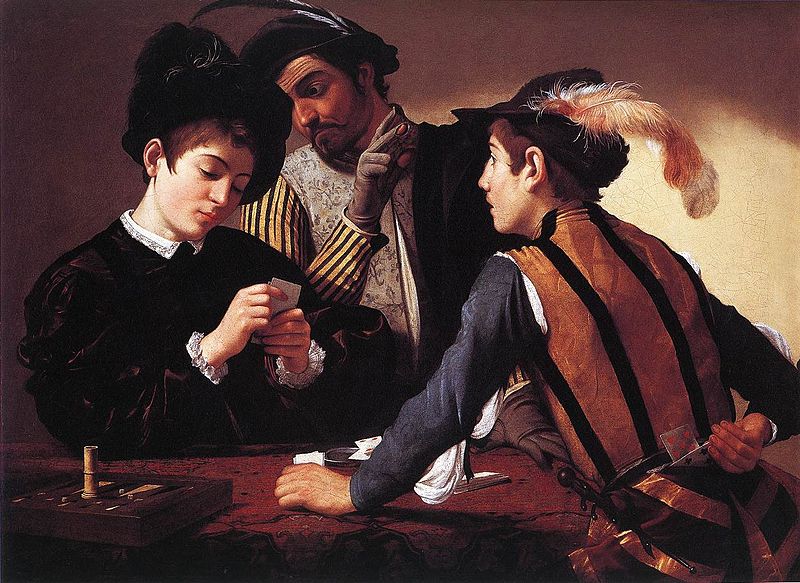If you keep up with current events, you are undoubtedly aware of the water situation in Flint, Michigan. To cut expenses, the appointed governing body stopped getting water from Lake Huron and replaced it with water from the Flint River. The water from the new source corroded the pipes and suddenly all of the available water in town had a high lead content.
Lead is a heavy metal and a neurotoxin, but can affect all systems of the body. Lead poisoning can cause any number of physical, emotional and behavioral problems. The list of possible side effects is too long and varied to include here, but a quick search with your favorite search engine will give you all the depressing details.
Humans have been using lead for about 6,000 years, and have been aware of the dangers for almost the same amount of time. The Roman Empire used lead pipes for water and lead dishes for cooking and eating. Even though many knew about the dangers, they didn’t know what levels were safe (there are no “safe” levels), or how to measure those levels.
Through the centuries humans have continued to use lead in water pipes, makeup, paint, spermicides, as a sweetener in wine and in leaded gasoline for automobiles. Often cheap trumps health.
Knowing the uses of lead and the symptoms of lead poisoning, it’s easy to retroactively apply that particular label to historical figures. Lacking an exact and complete cause of death, there is often a great deal of speculation about the illnesses and deaths of historical figures.
Below are several historical figures believed to have suffered from lead poisoning, even if it wasn’t the ultimate cause of death.
- Elizabeth I (1533-1603) – That white makeup you see in some portraits of the 16th-century Queen of England was made in large part from lead. Any decisions she made that are deemed irrational may be blamed on the effects of lead poisoning. That same leaded white makeup was also fashionable in 17th-century Edo Japan.
- Caravaggio (Michelangelo Merisi) (1571-1610) – The controversial Italian painter had many behavioral tendencies that could be attributed to lead poisoning. He was as famous for his violent nature as for his paintings. His exact manner of death has been a mystery and source of speculation for over 400 years.
- Ludwig van Beethoven (1770-1827) – The German composer began losing his hearing in his 20s and suffered from other illnesses throughout his life. A test on his hair has shown higher than normal levels of lead, probably due to his heavy wine consumption.

Portrait of Ludwig van Beethoven when composing the Missa Solemnis, painted 1820 by Joseph Karl Stieler (1781–1858), in Beethoven-Haus, Bonn. Photo via Wikimedia Commons
- Francisco Goya (1746-1828) – This Spanish painter suffered from many illnesses throughout his long life, including deafness. There are many suggested reasons for his illnesses, but what makes lead poisoning a reasonable hypothesis is that he often recovered from his illnesses when he was too ill to paint.

La casa de los locos by Francisco Goya, in the Real Academia de Bellas Artes de San Fernando. Photo via Wikimedia Commons
Without current testing technology, we can only speculate. For all four of these people, the case can be made for lead poisoning due to their known exposure to lead, but many of their symptoms could have been caused by other diseases. Whether or not they suffered from lead poisoning, there are plenty of reasons to remember their lives, and their illnesses.


